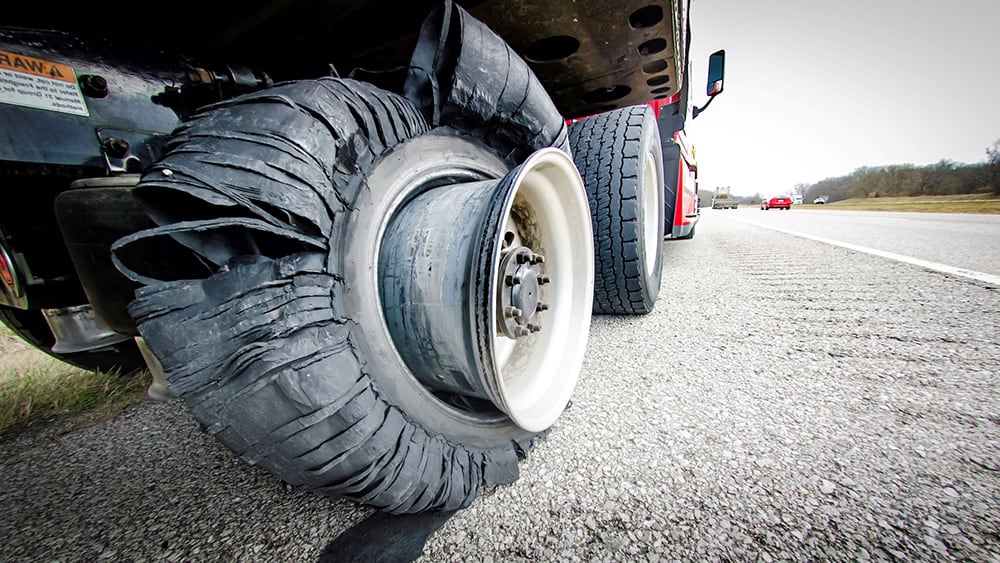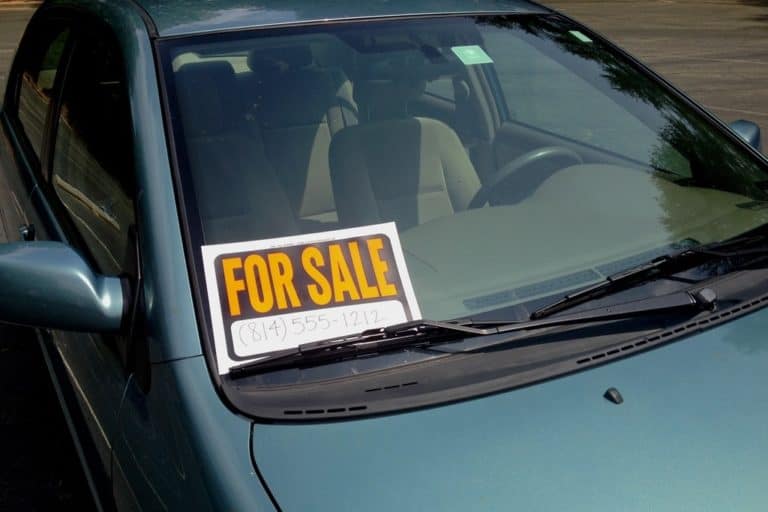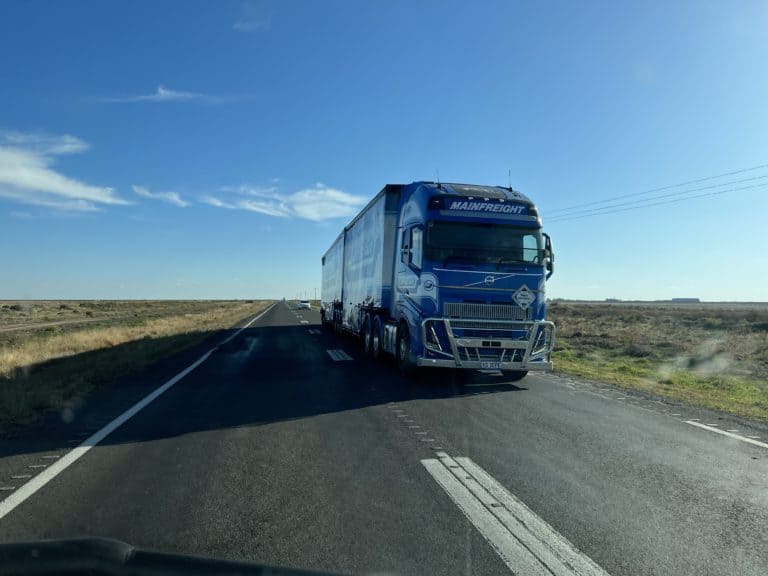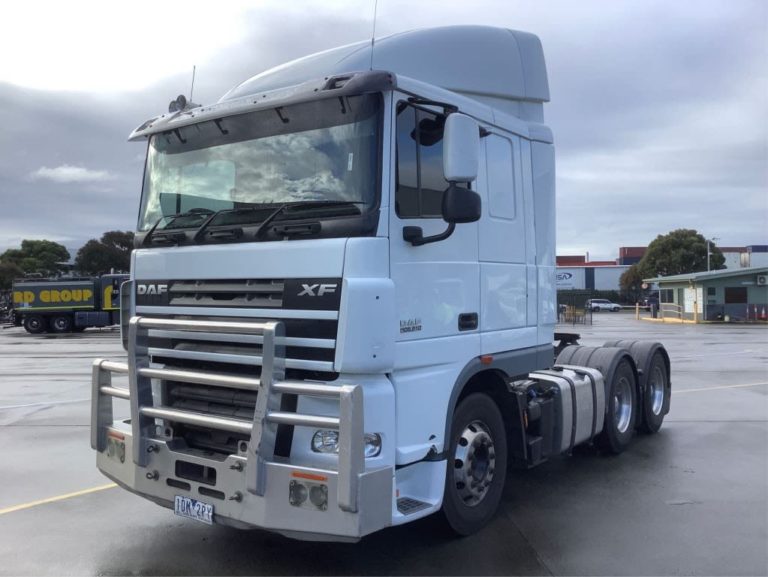6 reasons trucks breakdown and how can you avoid it
If you work in the transport industry, there’s a fairly long list of what can go wrong. Spilled stock on a busy highway? Taking the wrong turn and delaying the delivery? Or maybe just forgetting your music for that 14 hour drive ahead…
The biggest concern for those on the roads, however, is breaking down. With a more interconnected retail and produce delivery system than ever before, tolerance on delays are no longer acceptable. If your vehicle breaks down, so does your business. However, with the right preparation – insurance, equipment, and roadside assist – you can be back on the road in no time.
We’ve decided to take things further and investigate the main causes for break-downs, and what you can do to prevent it happening to you.
Australia’s NRMA has been around 1920, and over its 96 year history has come to know Australian drivers better than anyone else. In 2014/15, NRMA analysed data collected from NSW and the ACT in the hope of casting some light on how often, and why, people break down.
Prime Mover Magazine spoke to the head of NRMA Business Motoring, Matthew Beattie, about why it was so important to assess the data of breakdowns for business vehicles.
“Let’s face it – breakdown cover is hardly the most stimulating topic, but it’s one of those things you really need to have for peace of mind,” he said.
“Even though commercial vehicles are far more reliable nowadays than they once were, experience has shown that mechanical or electrical problems can strike at any time. The question is, are you prepared for such a scenario or not?
“Imagine you break down with a load of fresh produce on the back and the clock is ticking and you don’t have a policy in place. I don’t think I exaggerate if I say you will face a perfect storm of problems, which could prove extremely stressful for everyone involved – both up and down the supply chain.”[1]
So, what did NRMA find?
The top reasons for breakdowns in the NRMA Business Vehicle data were:
- Wheel-end (wheel and tyre) issues
- Electrical issues
- Battery issues
- Braking issues
- Transmission problems & defects of the diesel fuel system
- Trouble with cooling systems
And the cause of the breakdown is only the start of a long chain of costs, adds Matthew.
“Any roadside issue could result in additional costs for repair, towing, downtime, re-dispatching another truck, the lost opportunity cost for the truck that is down and in some cases, result in the loss of a customer.
“Our research hasn’t covered it, but I would assume the majority of transport businesses would rather have peace of mind than take that risk,”[2] he says.
Safety on the roads is paramount to keeping your business running smoothly. Make sure you have an action plan of how to deal with a vehicle breakdown, and always ensure that you fulfil the following checklist before hitting the road:
- Always make sure your communication devices (phones, radio system or other) are fully charged with spare batteries on hand.
- You have direct contact numbers with your client to alert them ASAP of delivery changes.
- Roads on your chosen route have been checked for dangerous conditions or accidents.
- Vehicle is equipped with all necessary emergency equipment, such as tyre jacks, fire extinguishers, and water.
But of course, the best prevention for breaking down is planning ahead. Always take your business vehicle for regular servicing, and don’t put off new parts: it could end up costing you much more than you think.
You can read the full article from Prime Mover Magazine online:
[1] [2] https://www.primemovermag.com.au/nrma-breaking-new-ground/









